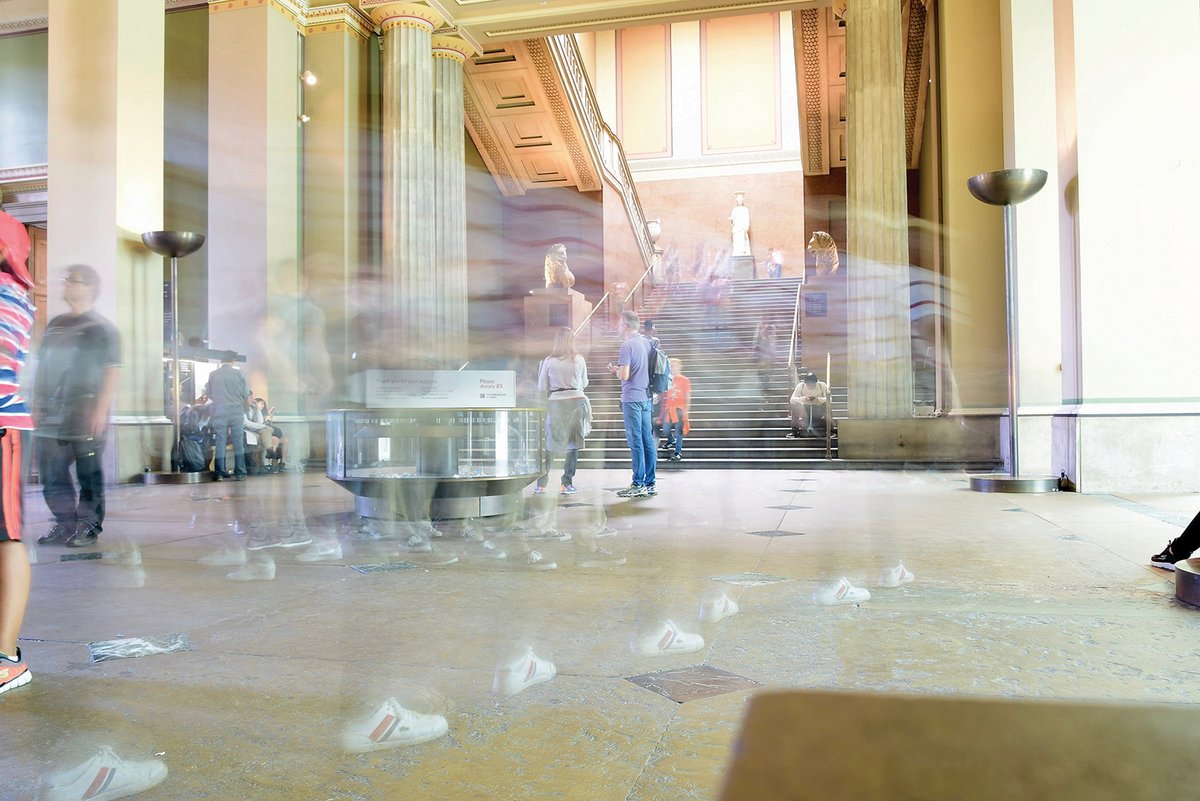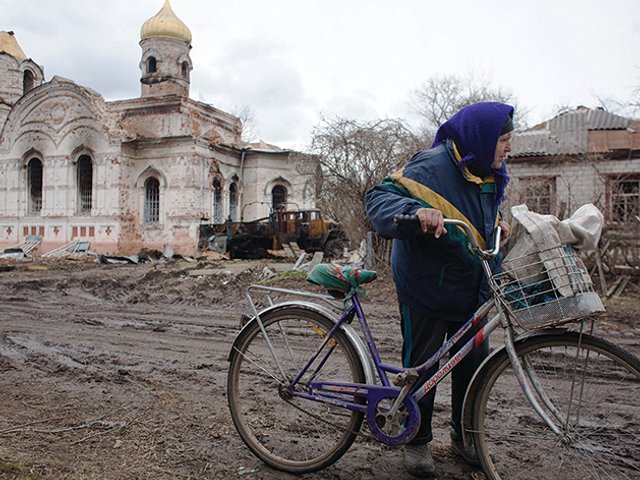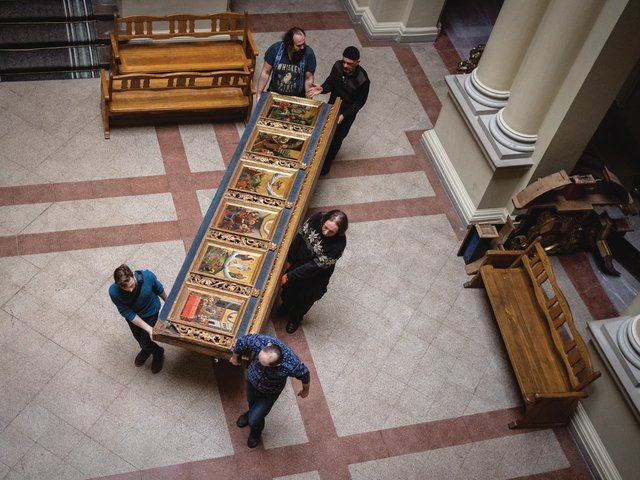One story dominated the museum sector this year; the revelation that the British Museum had lost thousands of priceless artefacts in its care. “We believe we have been the victim of thefts over a long period of time,” George Osborne, the chair of the museum, said in an interview on BBC’s Radio 4 in August. As a consequence, numerous governments across the world have doubled down on their calls for the restitution of artefacts held by the British Museum.
The first response came from the Greek government, which left Osborne’s long-negotiated “share” plan for the Parthenon Marbles in tatters. In an interview with the Greek newspaper To Vima, Greece’s culture minister Lina Mendoni said the argument that the marbles were safer in London than Greece had “collapsed”. She said: “When this happens from within, beyond any moral and criminal responsibility, a major question arises regarding the credibility of the museum organisation itself.”
The Nigerian government quickly followed suit, calling for the Benin Bronzes to be returned. “It’s shocking to hear that the countries and museums that have been telling us that the Benin Bronzes would not be secure in Nigeria have thefts happening there,” said Abba Isa Tijani, the director of Nigeria’s National Commission for Museums and Monuments, to Sky News.
Cultural representatives from Ghana and Ethiopia also called for the museum to return their artefacts. The art historian Nana Oforiatta Ayim, who curated Ghana’s first Venice Biennale pavilion in 2019, said the museum’s claim that it took better care of African artefacts than the states from which they came is “racist, patriarchal and patronising” in an interview with the New York Times.
Nations that have not traditionally confronted the museum over its artefacts also intervened. In August, an editorial in the Global Times, China’s state-run English-language newspaper, stated: “The vast majority of the British Museum’s huge collection of up to eight million items came from countries other than the UK, and a significant portion of it was acquired through improper channels, even dirty and sinful means.” In India, meanwhile, media focused on the return of the contentious Koh-i-Noor diamond, set in the crown of the Queen Mother and part of the Royal Collection at the Tower of London.
Writing in The Art Newspaper, the Oxford academic Dan Hicks was unequivocal: “The last remaining argument against restitution has now been lost.”
The British Museum has launched an independent investigation as it seeks a new director. Time will tell if it sticks to the plan to retain the Parthenon Marbles and its other artefacts. But it seems clear that 2023 will be remembered as the year when the pendulum definitively swung on the restitution debate and the idea that “world” museums are the rightful possessors of other nations’ priceless artefacts.
Conflict and destruction
In the wake of the October terrorist attack by Hamas on civilians in Israel, the devastating war in Gaza has resulted in the loss of thousands of lives along with the destruction of mosques and archaeological sites.
Although the Russian-led war in Ukraine dropped down the news networks, cultural and heritage buildings continue to be damaged and destroyed. In June, floodwater from the breached Nova Kakhovka Dam in the Russian-occupied Kherson province of southern Ukraine is suspected to have submerged the home of the late Ukrainian artist Polina Rayko.
Unesco has moved to protect Ukraine by listing the historic centre of Odesa, the Saint Sophia Cathedral in Kyiv and the Kyiv-Pechersk Lavra monastery complex, as well as the entire historic centre of the city of Lviv, on its list of endangered World Heritage sites. Odesa, newly protected, was subject to a sustained air barrage in July.
The fighting has also led to a pointed restitution debate. An investigation by The Art Newspaper raised serious concerns that works of art taken by Russian troops in occupied Ukraine may not be repatriated once the fighting ends. Hundreds of paintings were removed from the Kherson Regional Art Museum in November and dispatched to Simferopol in Crimea, a territory seized by Russia in 2014. Other Ukrainian museums have suffered similar fates.
Works from the Kherson museum are now stored in a concert hall in Simferopol’s art museum (part of the Taurida Central museum), which is under the directorship of Andrei Malgin. The Simferopol-born Malgin is close to Russian president Vladimir Putin and has been a vocal supporter of the Russian takeover of Crimea.
A downward turn in China
News emerged this year of the scale of China’s economic crisis, one that has not been matched since the global crash of 2008. The impact on the country’s burgeoning museum sector could be profound.
The pandemic continued to play a significant role in 2023. In January, China reopened its borders to international visitors for the first time since March 2020. But President Xi Jinping’s Zero-Covid policies have had a major impact on the construction industry, leading in part to the potential defaulting of Evergrande and Country Garden, the country’s two largest property developers. What this means for China’s museum sector is not yet known, but commentators have pointed to worrying signs. The auctioning off of a significant amount of art from Shanghai’s Long Museum, one of China’s most revered private art museums, at Sotheby’s in Hong Kong in October was concerning. There was also the significant downsizing of Shanghai’s Yuz Museum and the closure of the Shanghai Centre of Photography.
Political turbulence, activism and climate change
The global rise in populist movements and authoritarian governments globally continues to impact the museum and heritage sector. In January, during the inauguration of Lula da Silva as president of Brazil, supporters of the former president Jair Bolsonaro stormed the Brazilian National Congress, the Supreme Federal Court and the Presidential Palace of Planalto, leading to extensive damage to artworks.
In Africa, the presidents of Niger and Gabon were toppled in coups d’état, while civil war broke out in Sudan in April between the country’s military and the populist paramilitary group the Rapid Support Forces. Protected heritage sites in each of these countries were threatened by the violence.
Direct action on climate has been escalating throughout 2023, with groups like Just Stop Oil and Extinction Rebellion using museums as frequent sites of protest. In October 2022, Just Stop Oil activists threw soup at a painting by Vincent van Gogh in London’s National Gallery. But, in November, they escalated their actions at the museum by staging a hammer attack on Velázquez’s “Rokeby Venus”.
There is no doubt that climate change continues to exert a huge impact on the world’s ability to protect its places of collective heritage. Catastrophic natural disasters included a huge earthquake that struck Turkey and Syria in February, leaving nearly 60,000 people dead and destroying many archaeological sites and ancient buildings. In September, a major 6.8 magnitude earthquake struck western Morocco, wreaking havoc on the country’s museum sector and protected heritage sites.





